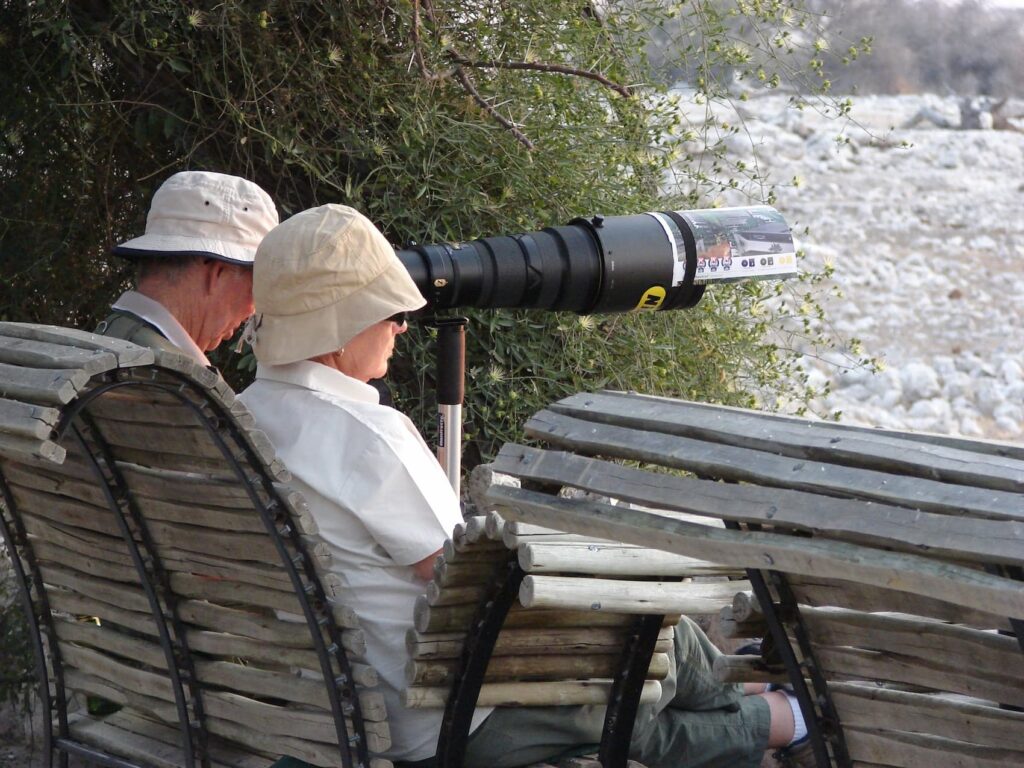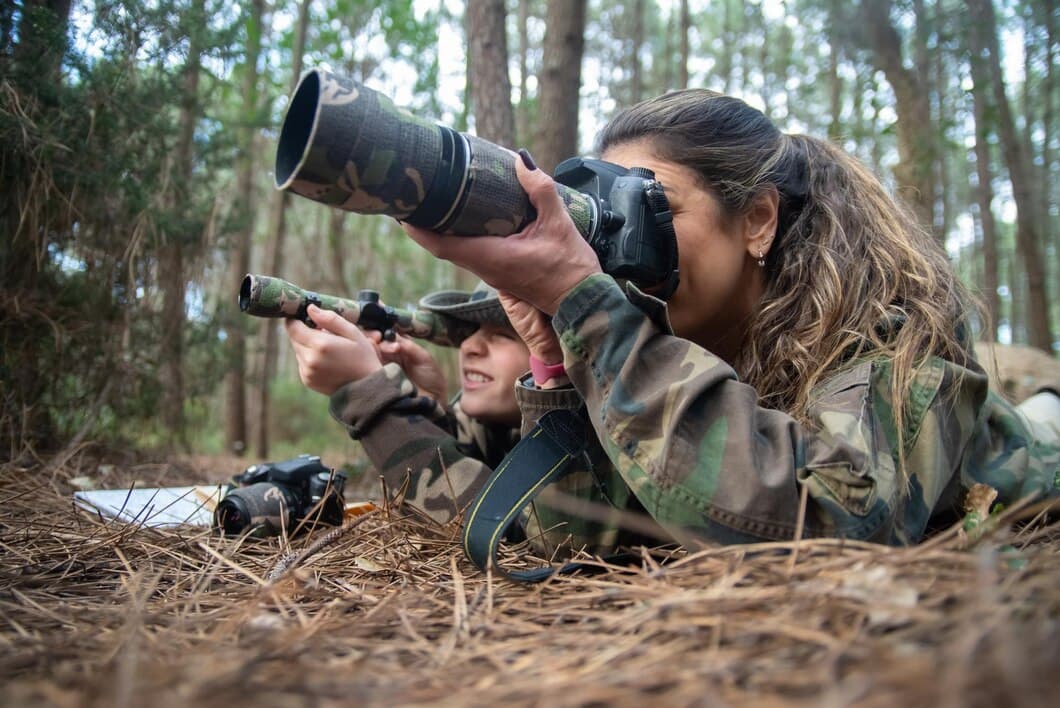Wildlife photography is an art form that requires more than just a keen eye and quick reflexes. It demands a deep understanding of the tools that allow us to capture nature in its most elusive moments. Optics, in particular, play a pivotal role in this pursuit, bridging the gap between the photographer and their often distant, skittish subjects. As wildlife photography evolves, the significance of optics extends beyond their traditional use in hunting, offering a new perspective on how we interact with the natural world.
The Evolution of Optics: From Hunting to Photography
Historically, optics have been closely associated with hunting, where the primary goal was to accurately target and bring down game. Telescopic sights and binoculars were designed to enhance the hunter’s vision, allowing them to see clearly over long distances. These tools, however, were designed with a singular focus: to improve accuracy in a high-stakes, often life-or-death scenario.
As photography became more accessible and popular in the 20th century, the need for precise, high-quality optical equipment grew. Photographers began to realise that the same technology used in hunting could be repurposed to capture the beauty of wildlife, without the destructive intent. This shift marked a significant moment in the history of optics, transforming them from tools of pursuit into instruments of preservation and appreciation.
Today, advanced optics are an integral part of wildlife photography, enabling photographers to capture images with a level of detail and clarity that was previously unimaginable. High-quality lenses, binoculars, and spotting scopes have become essential tools, allowing photographers to observe and document wildlife from a respectful distance, without disturbing their natural behaviour.
The Importance of Optical Quality in Wildlife Photography
Optical quality is a critical factor in wildlife photography. Unlike other forms of photography, where subjects may be static and controlled, wildlife photography often involves unpredictable and fast-moving subjects. The right optics can make the difference between capturing a fleeting moment and missing it altogether.
- Magnification and Clarity: One of the most important aspects of optics in wildlife photography is magnification. A powerful telephoto lens or a high-quality spotting scope allows photographers to get close to their subjects without physically approaching them, which is crucial for capturing candid, natural behaviours. However, magnification is only part of the equation. The clarity and resolution of the optics are equally important. High-quality glass and coatings reduce chromatic aberration and increase sharpness, ensuring that even at high magnifications, images are crisp and clear.
- Light Transmission and Low-Light Performance: Wildlife photography often takes place in challenging lighting conditions, such as dawn or dusk when animals are most active. Optics with superior light transmission can make a significant difference in these situations. Lenses with wide apertures and high-quality coatings help gather more light, allowing photographers to shoot in low-light conditions without sacrificing image quality. This capability is essential for capturing the subtle details and textures that bring wildlife photos to life.
Beyond the Gun Range: The Ethical Use of Optics in Wildlife Photography

As the role of optics in wildlife photography continues to evolve, it is important to consider the ethical implications of their use. Unlike hunting, where the goal is to track and capture or kill, wildlife photography seeks to observe and document. This shift in intent necessitates a different approach to how we use optical equipment.
- Respect for Wildlife: The use of optics in wildlife photography should always be guided by a respect for the animals and their habitats. Photographers should avoid using optics to intrude on animals’ personal space or disrupt their natural behaviours. Instead, the goal should be to capture images that reflect the true essence of the wildlife, without causing harm or distress.
- Conservation and Education: Wildlife photography has the power to inspire and educate. By using optics to capture stunning images of wildlife, photographers can raise awareness about conservation issues and the importance of protecting natural habitats. This shift from the traditional use of optics in hunting to their use in conservation-oriented photography reflects a broader societal move towards preserving rather than exploiting our natural resources.
Conclusion
The role of optics in wildlife photography has grown far beyond their origins in the gun range. Today, they are essential tools that allow photographers to connect with nature in a meaningful and ethical way. By providing the ability to capture stunning images from a distance, optics have become instrumental in not only documenting wildlife but also in promoting conservation and respect for the natural world. As technology continues to advance, the possibilities for what can be achieved with optics in wildlife photography are limitless, offering new ways to see and appreciate the world around us.
